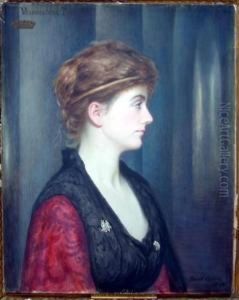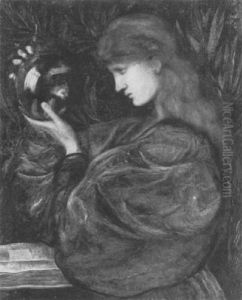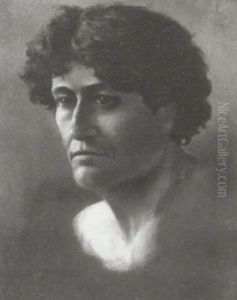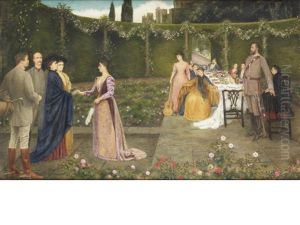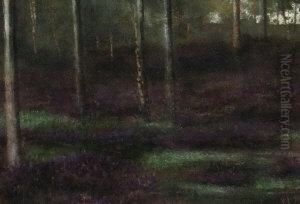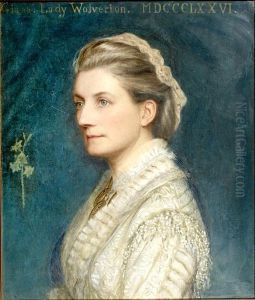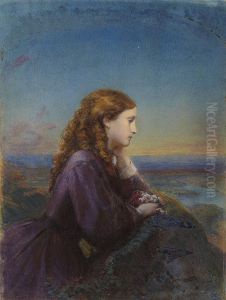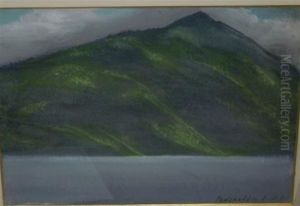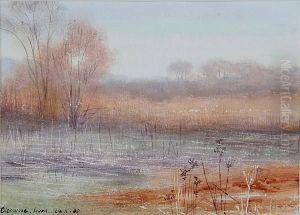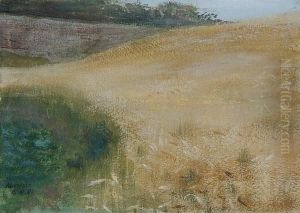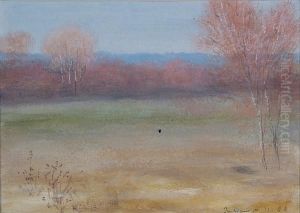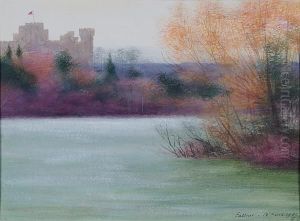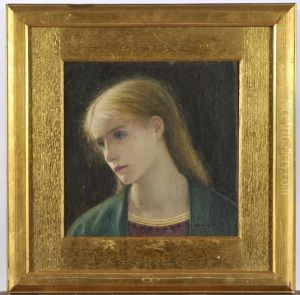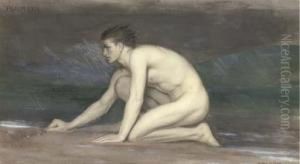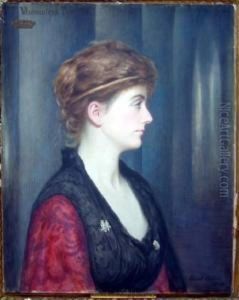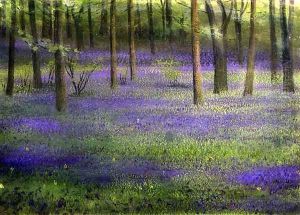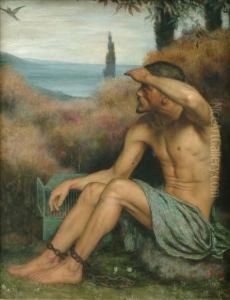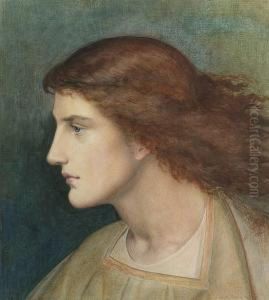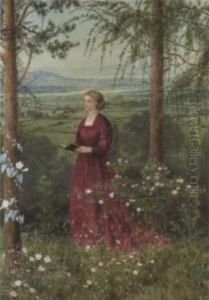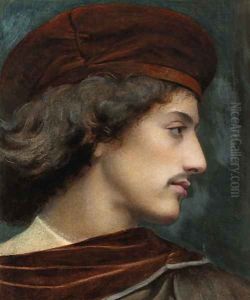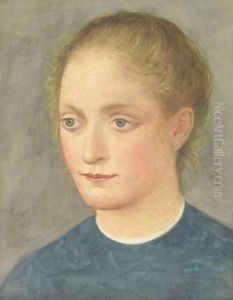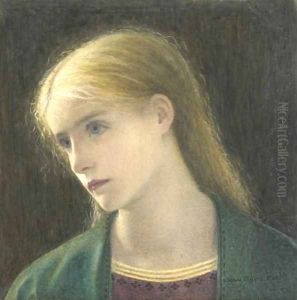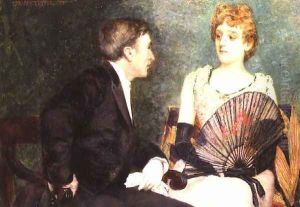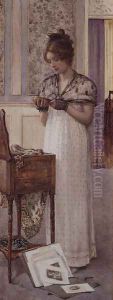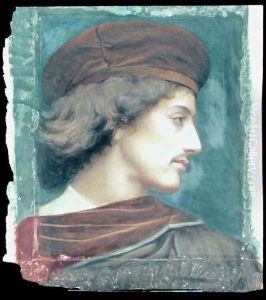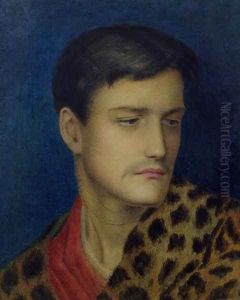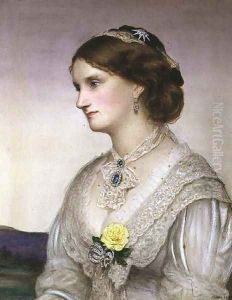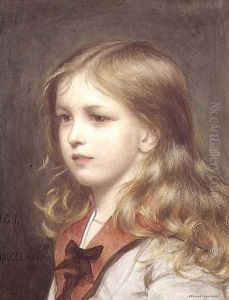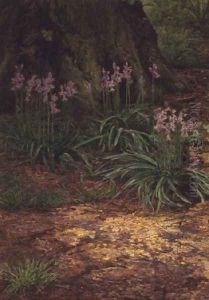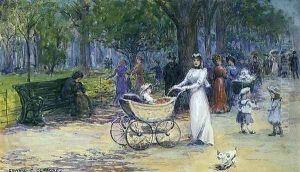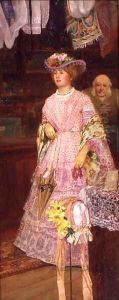Edward Clifford Paintings
Edward Clifford was an English artist known for his watercolor paintings and sketches. Born on March 5, 1844, in Bristol, Clifford belonged to the aesthetic movement, which emphasized the visual and sensual qualities of art and design. He was particularly influenced by the Pre-Raphaelite Brotherhood, an association of English painters, poets, and critics, founded in 1848, who aimed to reform art by rejecting what they considered to be the mechanistic approach first adopted by the Mannerist artists who succeeded Raphael and Michelangelo.
Clifford's works often featured religious themes and were marked by their attention to detail, vibrant colors, and commitment to depicting nature with accuracy, reflecting the Pre-Raphaelite influence. He traveled extensively, which exposed him to various cultures and artistic styles. His travels took him to places such as India and the Middle East, where he created a number of sketches and paintings capturing the essence of the landscapes and people he encountered.
Apart from his artistic endeavors, Clifford was also known for his philanthropic work. He was committed to social causes and worked towards the betterment of the poor and disadvantaged. His compassion and interest in humanitarian issues are evident in his portraits, which often convey a deep sense of empathy for his subjects.
Edward Clifford's contribution to the art world was modest during his lifetime, and he never gained the same level of fame as some of his contemporaries. However, his works have been appreciated posthumously for their beauty and sensitivity. He died on December 6, 1907, leaving behind a legacy of artwork that continues to be celebrated for its elegance and expressive qualities.
